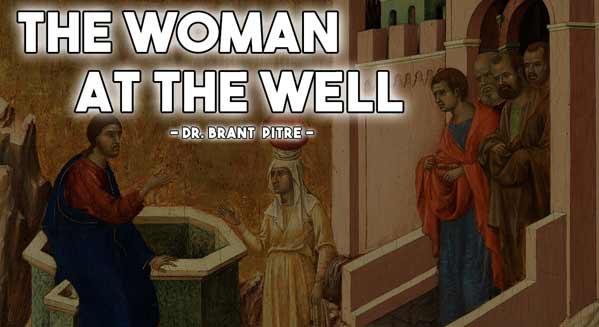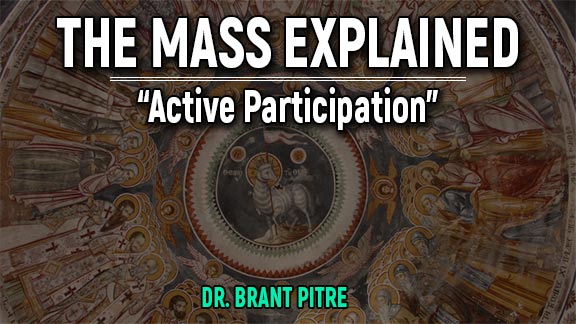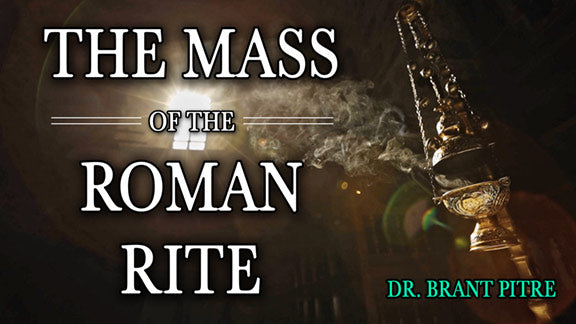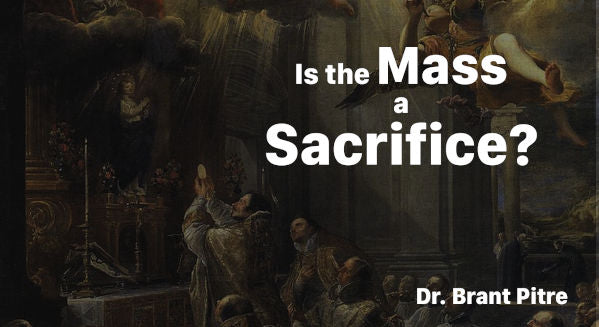Very helpful in preparing for the Sunday homily. I always find something new or something old called in a new way. Very brilliant but very understandable. May God bless all of you involved.
We watched the first edition today and it was excellent
The lecture on Purgatory is both interesting and informative. Anyone addressing faith formation groups of any kind would benefit from watching this video as a source for preparation. ALL of these videos are wonderful. Dr Pitre is excellent, and..... I enjoy his humorous asides!
The Old Testament: A Historical and Theological Journey through Jewish Scripture






